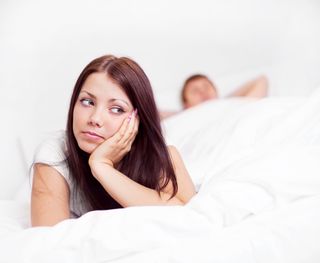Girls 15 and Up Don't Need Prescription for Morning After Pill

Women as young as 15 years old will be able to purchase the morning-after pill without a prescription, according to the Food and Drug Administration.
Today (April 30), the agency approved the use of Plan B One-Step, a type of emergency contraception manufactured by Teva Women's Health, for use in women ages 15 and up without a prescription.
Previously, the pill was available without a prescription only to women ages 17 and over. Consumers who buy the product will need to provide proof of age, the FDA said.
Plan B can prevent pregnancy after unprotected sex if it is taken within 72 hours. It is available for women younger than 15 with a prescription from a doctor. But because the pill needs to be taken soon after unprotected sex, some have called the need for a prescription for young women impractical.
Previously, the FDA denied approval of Plan B for use in women of all ages without a prescription. But following that decision in December 2011, Teva submitted an amended application requesting that the medication be made available to women 15 and up without a prescription. This application was approved.
Earlier this month, a federal judge ruled that Plan B and other types of emergency contraception should be made available to women of all ages without a prescription. But today's FDA decision is independent of that ruling, the agency said.
This story was provided by MyHealthNewsDaily, a sister site to LiveScience. Follow Rachael Rettner @RachaelRettner. Follow MyHealthNewsDaily @MyHealth_MHND, Facebook & Google+. Originally published on MyHealthNewsDaily.
Sign up for the Live Science daily newsletter now
Get the world’s most fascinating discoveries delivered straight to your inbox.

Rachael is a Live Science contributor, and was a former channel editor and senior writer for Live Science between 2010 and 2022. She has a master's degree in journalism from New York University's Science, Health and Environmental Reporting Program. She also holds a B.S. in molecular biology and an M.S. in biology from the University of California, San Diego. Her work has appeared in Scienceline, The Washington Post and Scientific American.
